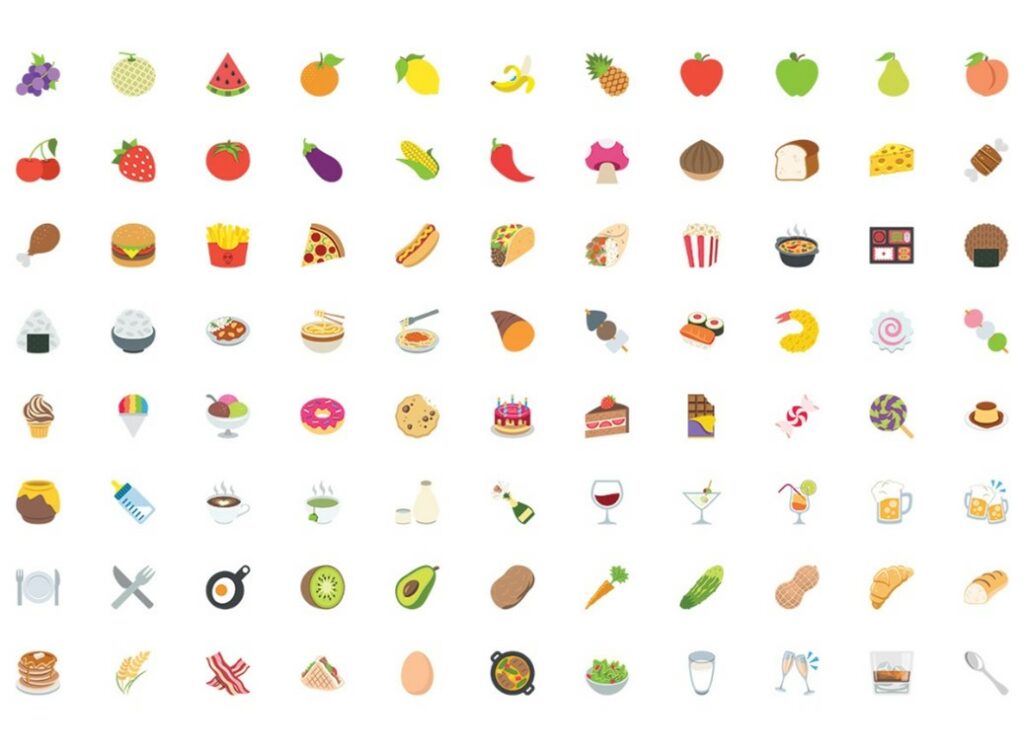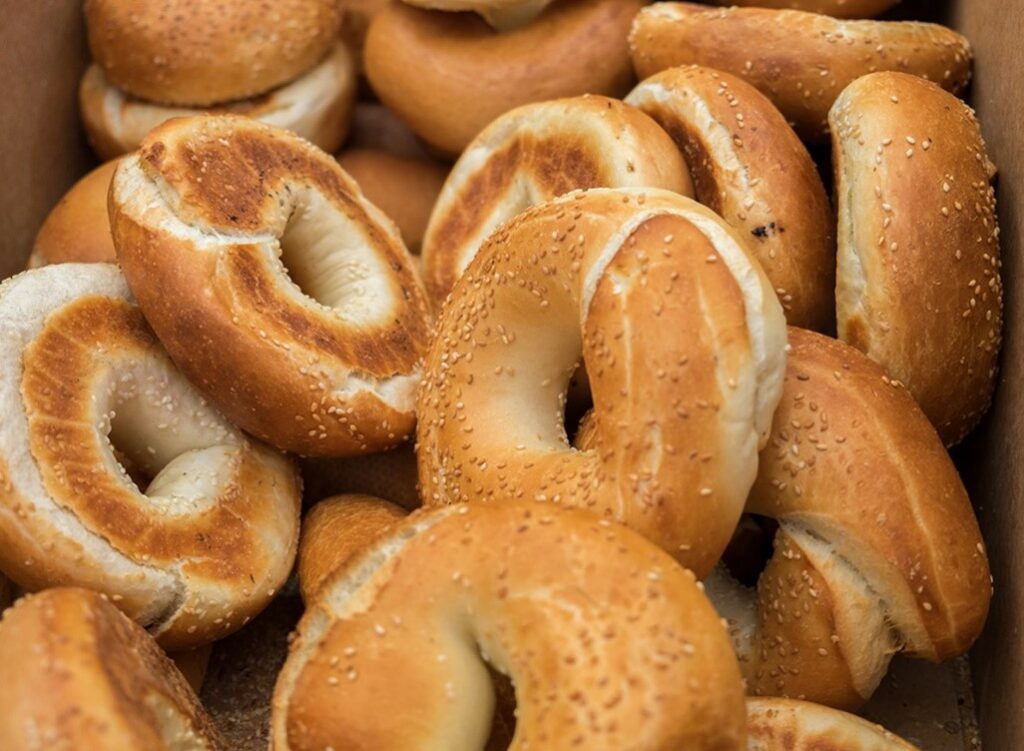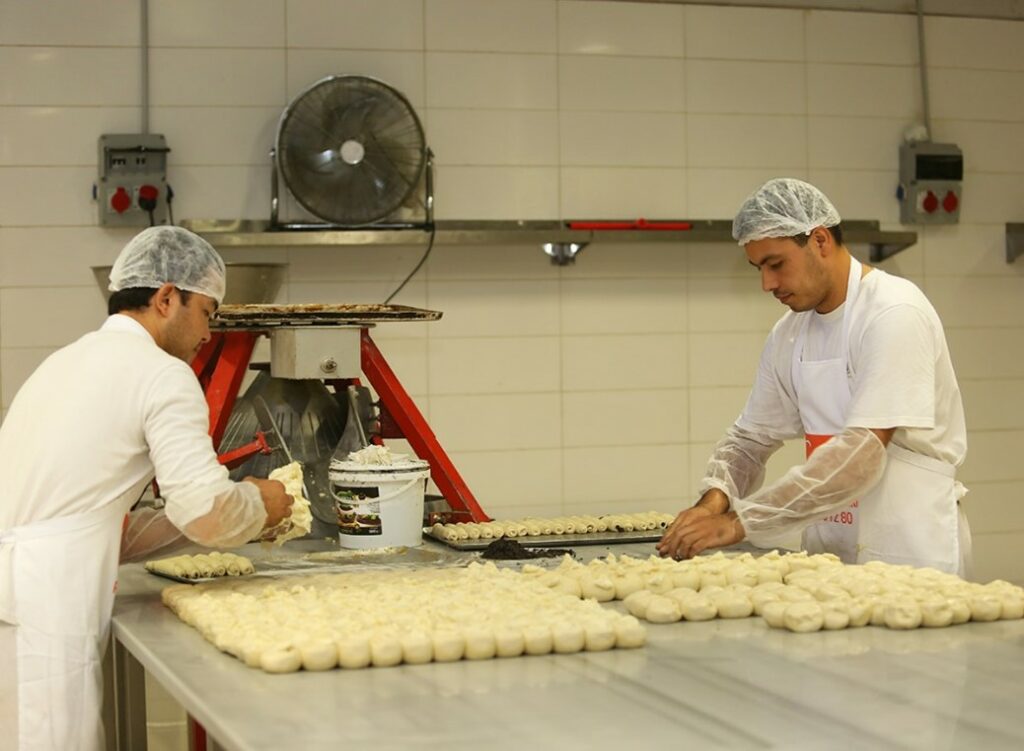Today is National Bagel Day. Bagels have a history that is richer than your favorite cream cheese spread! These rounds of dough can be found just about anywhere. 2018 saw more than 354 million bagels sold.
Bagels have a long and highly documented history that travels from the Jewish families of Poland in the 1600s to wrapped up in parchment paper in your hands today. And, unlike many things created nearly five hundred years ago, bagels are remarkably unchanged. Sure, cream cheeses and butter and flavors and toppings may have evolved, but bagel is a beigel is a beygal.
Bagels made the jump to America with a massive Polish-Jewish immigration in the 1800s that firmly entrenched itself in New York City where it thrived. An entire union was created in the early 1900s called Bagel Bakers Local 338 to support the growing, immigrant-led industry. That also begat the “bagel brunch,” that we still enjoy to this day with little to no changes: lox, cream cheese, capers, tomatoes, and red onions.
While bagels were hugely popular in New York City almost immediately, they didn’t make their way to the national scale until the mid-20th-century where automation and bread slicing (the coolest thing!) made mass manufacturing much more efficient. Since then, bagels have taken off to include a variety of flours, toppings, dips, and smears but remain – by and large – exactly as they were in the 1600s.
We love to spread cream cheese all over them, we love to share them and we love to enjoy them with a cup of freshly brewed coffee, but there is a lot we don’t know about them. Here are 16 facts about our beloved bagels that you probably didn’t know.

The word Bagel comes from the German word “bougel,” meaning “bracelet,” and by way of the Yiddish “beygl” which means “ring.” So while innovative bakers can let their imaginations run wild when it comes to flavors, the shape isn’t negotiable. If it is not in the shape of a ring or bracelet, it is NOT a bagel.
2. … but as long as it’s round, anything goes.
Because there’s no legal “standard of identity” that dictates what a so-called bagel must contain to be called a “bagel,” bakers who lack the proper respect for the bagel-making tradition can call any old bit of ring-shaped bread a bagel. Watch out for those imposters.
3. Hold the Coffee; Eat a Bagel
Have you ever found yourself in a rush and wishing that you can have an all-in-one breakfast that provides nutrition AND a morning boost? Well, thanks to molecular biologist Robert Bohannon, who invented the Buzzed Bagel in 2007, you can have your Bagel and your Coffee too!! The Buzzed Bagel is a bagel that contains the equivalent of two cups of coffee! More recently, in 2017, Einstein Bros Bagels launched an espresso-infused bagel that was packed with 32 milligrams of caffeine and 13 grams of protein.

Unlike any other type of bread known to man, bagels are dipped in boiling water for approximately 3-5 minutes before going in the oven to get their golden exterior.
5. Montreal is famous for bagels.
When most Americans think of bagels, they envision the New York delicacy. New York bagels are big with small holes. They’re boiled briefly before they’re baked—this step helps them emerge from the oven chewy beneath their firm exteriors.
But New York isn’t the only North American bagel hotbed. Montreal-style bagels are delicious in their own right. Canada’s competing bagels are smaller and denser than their New York counterparts. What sets Montreal’s bagels apart from others is that they are poached in honey water before baking in a wood-fire burning oven that lends the finished product a distinct crunch and char—don’t even think about asking anyone in Montreal to toast your bagel. The result is a chewy, golden bagel that is more sweet than savory and folks in Montreal boast about it. We’ll let you decide if they’re better than their famed New York counterparts, though.
It’s safe to say that the treats from Fairmount Bagels in Montreal are out of this world. In 2008, Astronaut Greg Chamitoff boarded Discovery for a 14-day flight into space. Accompanying him? Eighteen bagels from Fairmount, a shop owned by his aunt—which means there’s still a chance for someone to bring the first New York-style bagels into space. Get on it, astronauts!
7. The hole in the middle is NOT just decoration
Although bagels are shaped to match their name, the hole in the middle serves a very important purpose. The hole increases the bagel’s surface area and allows for more crust formation and helps it cook faster. Additionally, bagel sellers used to place them on a wooden rod and sell them in city streets, so the hole was very helpful for that as well.
8. The biggest bagel on record was 868 pounds.
Talk about carb-heavy! In August 2004, Bruegger’s Bagels produced a gigantic 868-pound bagel and displayed it at the New York State Fair, according to the Guinness Book of World Records. The larger-than-life creation required 1,100 pounds of dough, 900 gallons of water, and took 10 hours to bake. It holds the record for the biggest bagel to date.
The birth of the bagel is debated, largely because bagel-shaped bread has been around for centuries in various cultures. One legend provides the bagel was invented in 1683 as a stirrup-shaped tribute to Polish king Jan Sobieski after he defended Vienna from Turkish conquest. But, Maria Balinska, the author of The Bagel: The Surprising History of a Modest Bread, points out that bagels look a lot like obwarzanek, a Polish bread that dates back to the late 1300s. Bagels became mainstream in the United States in the ’70s, though they had been sold in niche Jewish markets for several decades prior.
10. Bagels’ quick preparation is a virtue.
Bagels have been closely tied to the Jewish community since Polish and Russian immigrants brought the Eastern European staple to the New World. The bagel’s quick baking time made it a favorite in Jewish households on Saturday night after the Sabbath and its ban on cooking ended. With minimal baking time standing between the observant and hot, fresh bagels, choosing a post-Sabbath meal was easy.
 11. Their recipe was once a trade secret.
11. Their recipe was once a trade secret.
To protect immigrant workers attempting to meet New York’s growing demand for bagels, an International Beigel Bakers’ Union emerged in the early 1900s. Beigel Bakers’ Local 338 was a particularly notable chapter—its 300 Manhattan bagel-makers banded together to keep their tradition to themselves. Only sons of current members could be offered spots in the union, and the group conducted its meetings almost entirely in Yiddish. The union’s monopoly on bagel baking ended only in the 1960s, with the invention of the automated bagel machine.
12. Bagel-making was once a group effort.
Bagel-makers in the early 1900s worked in teams of four. Two people would make the dough, giving bagels their shape; one person boiled them, and the fourth person baked them.
Due to the bagel’s unique multi-step cooking process, bagel bakeries usually employed men to produce the goods assembly line-style: Two men rolled and shaped the dough, a “kettleman” boiled the bagels, and an “oven man” ensured they were baked to perfection.

In honor of National Bagel Day, in early 2018 Thomas Bagels released an emoji keyboard. Forty breakfast-centric emojis were on it, including an avocado-topped bagel. Later that year, Apple finally released the bagel emoji on its platform—but not without controversy. After people complained that the plain bagel had nothing on it, it got redesigned with cream cheese.
14. The “everything” bagel was possibly invented by a 15-year-old.
Nailing down who invented certain foods can be a tricky task, but a New Yorker named Dave Gussin—who worked in a bagel shop in Howard Beach—told The New Yorker he invented the “everything bagel” back in 1980 at age 15. Gussin claimed he was sweeping seeds out of the oven and got the idea to combine them on a bagel. The shop then sold the “everything bagel” for an extra nickel. But, since the article came out, the claim has been contested, with another former bagel bakery worker declaring he made “everything” bagels in 1977. So basically, everyone seems to want credit for creating the “everything bagel.”
 15. Under no circumstances should bagels be confused with bialys.
15. Under no circumstances should bagels be confused with bialys.
Haven’t heard of a bialy? If you want to switch things up one morning, try ordering one of these doughy delights. Instead of a hole in the middle, a bialy has an indent in its dough that’s usually filled with cooked onions (and sometimes topped with poppy seeds). Also unlike a bagel, a bialy is baked (never boiled like the bagel dough is first). It’s delicious, but it’s no bagel.
16. They’re the Perfect Push Present.
The earliest mention of bagels comes in the 1610 Community Regulations of Krakow, Poland, which indicated that women who had recently given birth should be presented with bagels as a suitable gift.
Now that you are a more educated bagel consumer, we hope you take time today and enjoy one in celebration of National Bagel Day!




